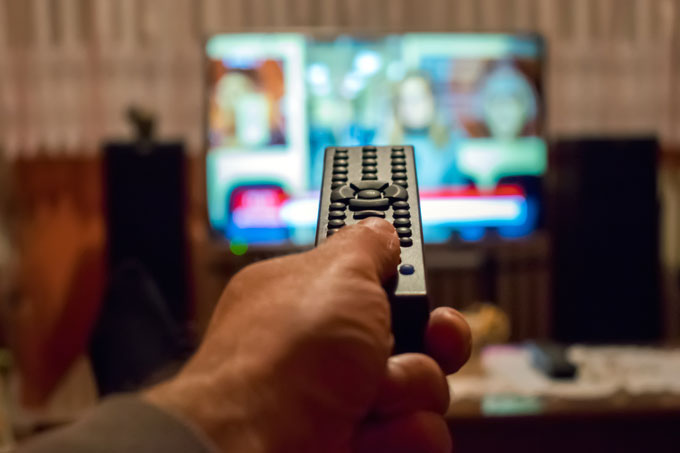Dr Jake Monk Kydd looks at how our Christmas viewing habits have changed.
Did you see that thing on TV last night, the one with the tigers/mafia/princesses? Once an often-heard type of remark said at water coolers, playgrounds and countless places in-between.
In the last ten years the media industry has changed beyond recognition and new business models have emerged. Lenin said that the most important of the arts is film, although he probably said it in Russian*. Lenin recognised the influence and power of the moving image, images that could be seen by millions. Conversely Churchill allegedly called television the ‘idiot’s lantern’, but then he never had chance to see The Crown or Game of Thrones in high definition.
While there has been much change film and television production and broadcasting the industry is still in transition. Until at least 2027 the BBC will retain their peculiar funding model, a model described by Boris Johnson as an unjustifiable tax. The BBC are under pressure to make savings and find new income streams. This is understandable as in 2020 the BBC accounted for less than one third of total UK viewing share, a far cry from the 1980s and 1990s when satellite and then digital competitors first appeared. The starkest example of this demise is the 2020 Christmas viewing figures. The most watched show? The Queen’s Christmas Message with a meagre 6.3million viewers. By contrast 1996’s Only Fools and Horses Christmas episode attracted 24.4million viewers, and the 1986 Christmas EastEnders episode 19.5million viewers. The 2020 Christmas EastEnders episode attracted a measly 3.5million viewers.
What of the other broadcasters though, the ones with shareholders and an expectation to perform financially? From 1982 to 2008 ITV saw their viewing market share fall from 52% down to 16%, in 2020 this had recovered to around 24%; compared to approximately 9% for both SKY and Channel 4. This leaves 27% of the business in the hands of the multiplicity of other channels that occupy our television menus, and consumers with an overwhelming selection of choices.
These figures, in the spirit of Chesterton’s quote regarding ‘lies, lies and damned statistics’, mask the bigger problems faced by traditional media organisations, that of streaming services and the internet.
Television habits have changed so that during the 2010s on average we were watching 50 minutes less television per person, per day and spread over far more channels. Over 50% of households now pay for subscription services, fuelled further by extra demand during the pandemic. Against this Ofcom (2020) report that streaming services and internet viewing is growing quickly. Of most concern for traditional broadcasters is that this trend is particularly prevalent among the young, many of whom regard television as something their parents watch.
The rise of on-demand viewing, binge watching, ‘doing a marathon’ (of continuous viewing) and asking for recommendations rather than comparing notes from ‘last night’s telly’, indicate the way that consumption behaviours have permanently changed. That change is far from over and with a growing number of substitute competitors vying for our attention the pressure on the old business model based on the licence fee, subscriptions and advertising will continue to be stretched. In the meantime, consumers increasingly demand that broadcasters produce ever more engrossing content. Perhaps Carole Baskin** will get her own show after all.
*Lenin spoke Russian, French, English and German. This could have made him an ideal presenter on modern, globally consumed media productions.
**If you missed it, she features in Netflix’s Tiger King – that isn’t a recommendation by the way.
Dr Jake Monk Kydd is a Senior Lecturer in the Christ Church Business School, and holds a PhD in Film Studies.
 Expert comment
Expert comment Jeanette Earl
Jeanette Earl 1977
1977


